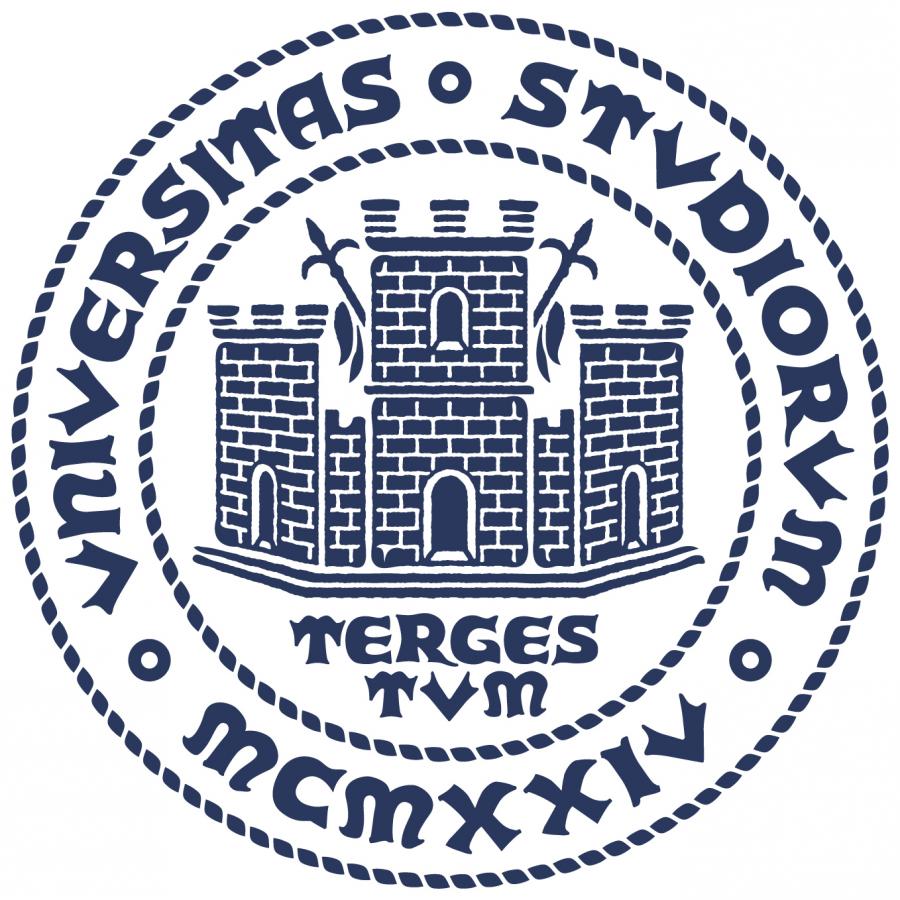avviso seminario - NATURE-INSPIRED BIOMATERIALS: FROM ULTRA-FLEXIBLE ARBORS AND ANTIBACTERIAL FORESTS TO SYNTHETIC CELLS THAT PHAGOCYTIZE PATHOGENS
NATURE-INSPIRED BIOMATERIALS:
FROM ULTRA-FLEXIBLE ARBORS AND ANTIBACTERIAL FORESTS
TO SYNTHETIC CELLS THAT PHAGOCYTIZE PATHOGENS
Prof. César Rodriguez-Emmenegger
Institute for Bioengineering of Catalonia (IBEC), Barcelona, Spain
Catalan Institution for Research and Advanced Studies (ICREA) Barcelona, Spain
DWI Leibniz Institute for Interactive Materials, Aachen, Germany
Nature achieves unparalleled functionality through the hierarchical self-assembly of macromolecular building
blocks. Deciphering these blueprints provides a robust framework for the bio-inspired synthesis of materials that can seamlessly interface with living organisms or execute not natural functions. In this presentation, I will highlight several research endeavors conducted in my laboratory, all dedicated to the overarching goal of developing bio-inspired interactive materials for biomedical applications.
First, I will introduce hydrophilic arborescent polymers: high-molecular-weight dendritic macromolecules with a regular, multilevel branched topology and a dense periphery of over 500 functional end-groups. Devoid of cross-links or loops, their colloid-to-molecule duality is striking at interfaces, where they spread into one-monomer-thick discs. This adaptable flexibility, coupled with multivalency stemming from the myriads of end-groups, offers potential for designing advanced therapeutics capable of enveloping and inactivating targets.
Next, I will present our strategies to generate antibiofouling nanocoatings, inspired on brushes but readily applicable to medical devices. In particular I will highlight synthetic strategies that can be incorporated in current pipelines and how can we animate these coatings to improve hemocompatibility and antimicrobial capacity.
Finally, I present ionically linked comb polymers (iCPs), synthesized by appending anionic surfactants with lipid-long alkyl tails to cationic residues sparsely distributed on an acrylic hydrophilic backbone. In water, iCPs self-assemble into vesicles —combisomes— featuring membranes consisting of a bilayer of the hydrophobic tails flanked by the hydrophilic backbones tightly adsorbed. This architecture decouples membrane thickness, flexibility and lateral mobility from polymer chain length. Enabling mimicking natural membranes beyond other macromolecular amphiphiles such as block copolymers. Remarkably, combisomes exhibit bactericidal activity through a phagocytosis-like mechanism. Their superpredatory behavior stems from the stochastic topology of iCPs, where some have packing parameters incommensurate with forming bilayers. When forced into one, they act as molecular springs that propel bacterial engulfment, membrane fusion, and effective killing of the pathogen.
These discoveries showcase the power of topological engineering in macromolecular design, opening new avenues for functional materials and bioinspired applications.



